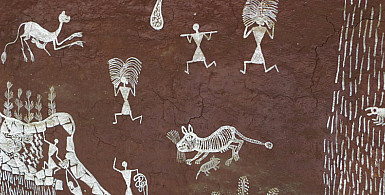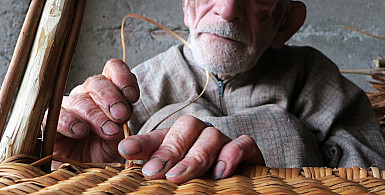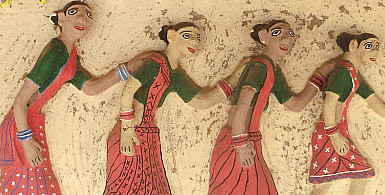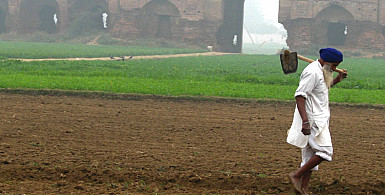When it comes to hand block print Craftsmen at India are masters of their work on different designs that are traditional as well as have contemporary variations. The blocks are of different shapes and have designs carved at the bottom surface. The artisan goes on to print with several blocks to attain the final composition, the first block imparts the outline and the other block imparts different colors on the fabrics. Ajrakh, Bagh, Sanganeri, Bhagru, Dabu, Gamthi are one of the most popular Block printed sarees in India.
Made & Mkt by: Sufiyan Khatri
Product Code: 3735-BJ25-07
Long time ago, there was a king of Sindh, who like any other king, was fond of royal luxuries and used to sleep on a new bedspread everyday. One day, when his servant was about to change the bed sheet, the king stopped him, saying “Aaj Rakh” (keep it today); he had liked it so much. It was a beautif..
Rs.6,050
Made & Mkt by: Sufiyan Khatri
Product Code: 3735-BJ25-08
Long time ago, there was a king of Sindh, who like any other king, was fond of royal luxuries and used to sleep on a new bedspread everyday. One day, when his servant was about to change the bed sheet, the king stopped him, saying “Aaj Rakh” (keep it today); he had liked it so much. It was a beautif..
Rs.6,050
Made & Mkt by: Sufiyan Khatri
Product Code: 3735-BJ25-05
Long time ago, there was a king of Sindh, who like any other king, was fond of royal luxuries and used to sleep on a new bedspread everyday. One day, when his servant was about to change the bed sheet, the king stopped him, saying “Aaj Rakh” (keep it today); he had liked it so much. It was a beautif..
Rs.6,050
Made & Mkt by: Sufiyan Khatri
Product Code: 3735-BJ25-06
Long time ago, there was a king of Sindh, who like any other king, was fond of royal luxuries and used to sleep on a new bedspread everyday. One day, when his servant was about to change the bed sheet, the king stopped him, saying “Aaj Rakh” (keep it today); he had liked it so much. It was a beautif..
Rs.6,050
Made & Mkt by: Sufiyan Khatri
Product Code: 3735-BJ25-03
Long time ago, there was a king of Sindh, who like any other king, was fond of royal luxuries and used to sleep on a new bedspread everyday. One day, when his servant was about to change the bed sheet, the king stopped him, saying “Aaj Rakh” (keep it today); he had liked it so much. It was a beautif..
Rs.6,050
Made & Mkt by: Sufiyan Khatri
Product Code: 3735-BJ25-04
Long time ago, there was a king of Sindh, who like any other king, was fond of royal luxuries and used to sleep on a new bedspread everyday. One day, when his servant was about to change the bed sheet, the king stopped him, saying “Aaj Rakh” (keep it today); he had liked it so much. It was a beautif..
Rs.6,050
Made & Mkt by: Sufiyan Khatri
Product Code: 3735-BJ25-02
Long time ago, there was a king of Sindh, who like any other king, was fond of royal luxuries and used to sleep on a new bedspread everyday. One day, when his servant was about to change the bed sheet, the king stopped him, saying “Aaj Rakh” (keep it today); he had liked it so much. It was a beautif..
Rs.6,050
Made & Mkt by: Sufiyan Khatri
Product Code: 3735-BJ25-01
Long time ago, there was a king of Sindh, who like any other king, was fond of royal luxuries and used to sleep on a new bedspread everyday. One day, when his servant was about to change the bed sheet, the king stopped him, saying “Aaj Rakh” (keep it today); he had liked it so much. It was a beautif..
Rs.6,050
Made & Mkt by: Sufiyan Khatri
Product Code: 3735-KP25-08
Long time ago, there was a king of Sindh, who like any other king, was fond of royal luxuries and used to sleep on a new bedspread everyday. One day, when his servant was about to change the bed sheet, the king stopped him, saying “Aaj Rakh” (keep it today); he had liked it so much. It was a beautif..
Rs.3,670
Made & Mkt by: Sufiyan Khatri
Product Code: 3735-KP25-07
Long time ago, there was a king of Sindh, who like any other king, was fond of royal luxuries and used to sleep on a new bedspread everyday. One day, when his servant was about to change the bed sheet, the king stopped him, saying “Aaj Rakh” (keep it today); he had liked it so much. It was a beautif..
Rs.3,670
Made & Mkt by: Sufiyan Khatri
Product Code: 3735-KP25-05
Long time ago, there was a king of Sindh, who like any other king, was fond of royal luxuries and used to sleep on a new bedspread everyday. One day, when his servant was about to change the bed sheet, the king stopped him, saying “Aaj Rakh” (keep it today); he had liked it so much. It was a beautif..
Rs.3,670
Made & Mkt by: Sufiyan Khatri
Product Code: 3735-KP25-06
Long time ago, there was a king of Sindh, who like any other king, was fond of royal luxuries and used to sleep on a new bedspread everyday. One day, when his servant was about to change the bed sheet, the king stopped him, saying “Aaj Rakh” (keep it today); he had liked it so much. It was a beautif..
Rs.3,670

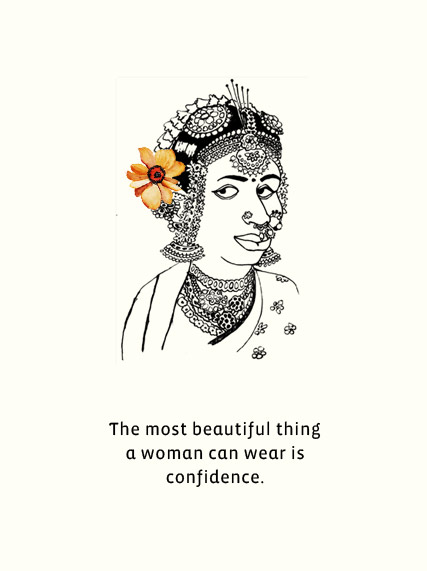



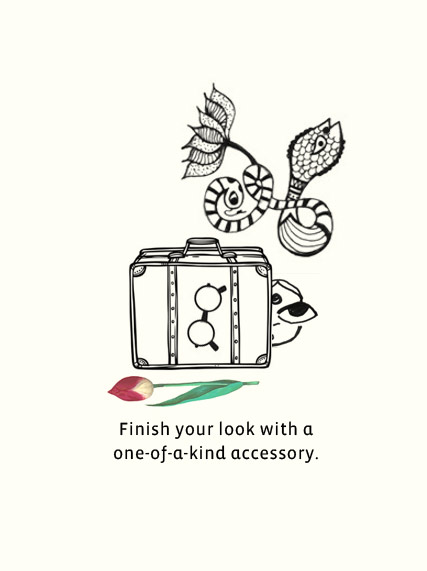
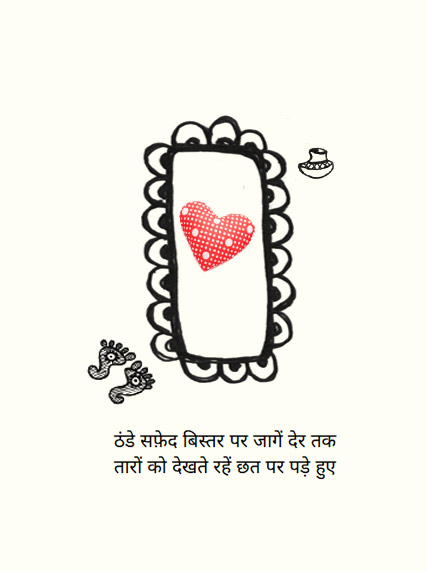

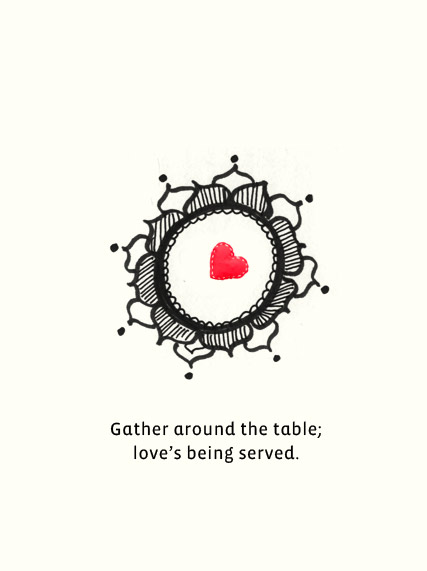
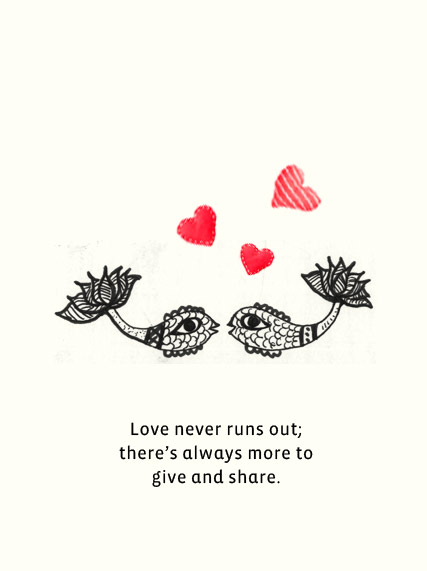
-250x250.jpg)
-250x250.jpg)
-250x250.jpg)
-250x250.jpg)
-250x250.jpg)
-250x250.jpg)
-250x250.jpg)
-250x250.jpg)
-250x250.jpg)
-250x250.jpg)
-250x250.jpg)
-250x250.jpg)
-250x250.jpg)
-250x250.jpg)
-250x250.jpg)
-250x250.jpg)
-250x250.jpg)
-250x250.jpg)
-250x250.jpg)
-250x250.jpg)
-250x250.jpg)
-250x250.jpg)
-250x250.jpg)
-250x250.jpg)
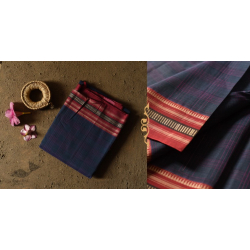
-250x250w.jpg)
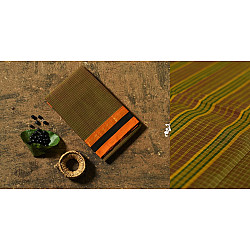
-250x250w.jpg)
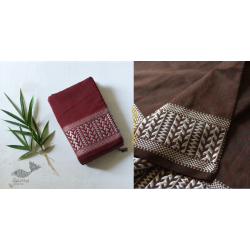
-250x250w.jpg)
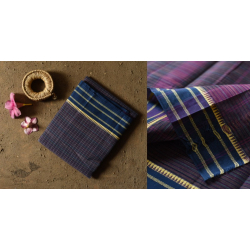
-250x250w.jpg)

-250x250w.jpg)

-250x250w.jpg)
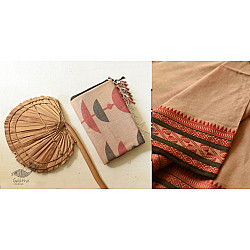
-250x250w.jpg)
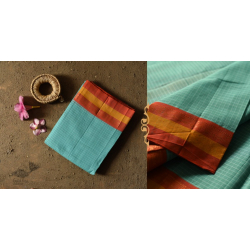
-250x250w.jpg)
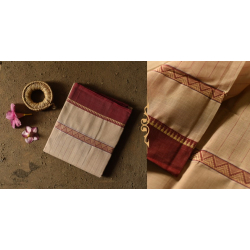
-250x250w.jpg)

-1-250x250w.jpg)

-250x250w.jpg)
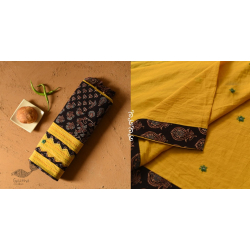
-250x250w.jpg)
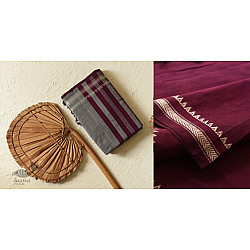
-250x250w.jpg)
-250x250.jpg)
-250x250.jpg)

-250x250w.jpg)
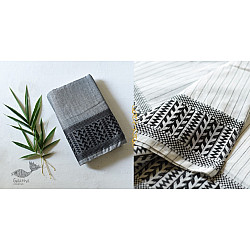
-250x250w.jpg)


